Severe winter weather forces winemakers in northern China to bury their vines after harvest to protect them. So, how do Chinese producers manage to make award-winning ice wines? DecanterChina speaks to a local expert.
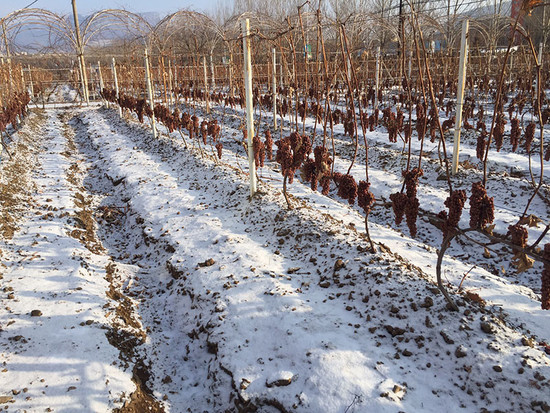
Question:
How do Chinese producers make ice wines, and is it true that they use refrigerators??
Chinese ice wine authority Professor Zhan Jicheng, of China Agricultural University:
In northeast China, if we don’t bury the vines before winter, they will freeze to death. That’s different from conditions in Germany and Canada, where Icewine and Eiswein are also commonly made.
The common solution is to cut off the fruit-bearing canes from the trunks, and leave them on the trellises. Then we bury the rest of the vine in November, before the soil freezes.
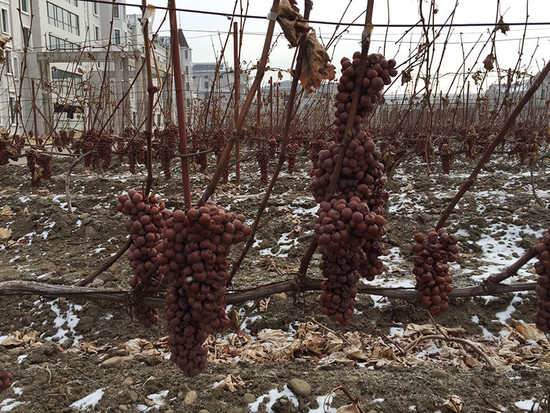
By then the temperature would normally have dropped to zero, which means that there is little nutrient exchange between the trunk and the cane.
Our research has shown that the flavour profiles of ice wines made by using fruits from ‘cut-off canes’ do not differ from those made using the traditional method.
Larger diurnal temperature variation and colder winters in the Northeast China, however, do bring unique flavour characters to Chinese ice wines.
A new technique
In recent years, in order to produce ice wines in a more internationally recognised way, we are developing a new ‘double-cane (or double vine) rotation pruning’ technique to replace the cane-cut method.
What is the ‘double-cane/vine rotation pruning’ method?
We keep two canes from the trunk, or one cane each from two vines. When it comes to winter, we bury only one cane, and leave the other fruit-bearing cane on the trellises to produce iced berries.
This cane will freeze to death this winter, so after harvest we will cut off the dead cane at the crown of the trunk, leaving a spur.
In the next year, a new shoot will grow from the spur. It will not produce fruit this year, so we bury it, and leave the other cane (which was buried the year before) to produce fruit.
By rotating between two canes from one vine (or one cane each from two vines), we can produce ice wine in a method more similar to that of Germany and Canada.
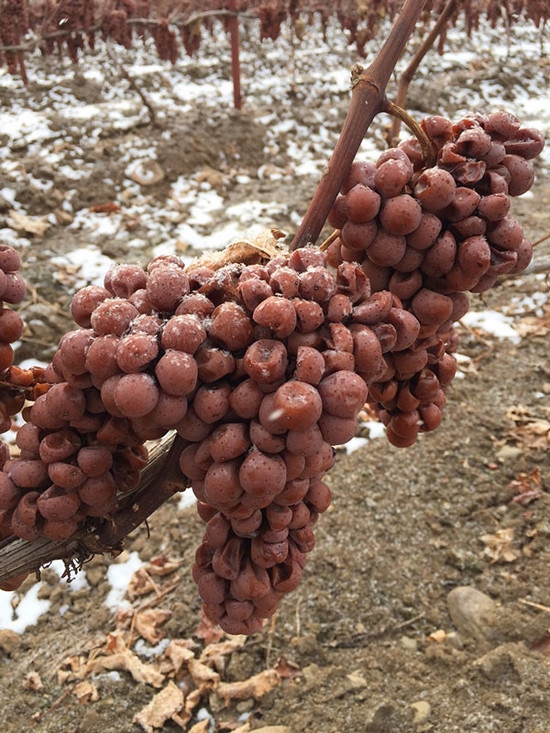
Will this pruning method shorten the life span of vines?
The double-cane/vine rotation pruning method is in fact very similar to Guyot, the method that’s widely used in Bordeaux and the rest of Europe.
We have only adapted this method for a short period of time, so we can’t guarantee that it wouldn’t. We will continue doing research on it.
Also read:
Chinese ice wines won three golds in Decanter World Wine Awards 2017
All rights reserved by Future plc. No part of this publication may be reproduced, distributed or transmitted in any form or by any means without the prior written permission of Decanter.
Only Official Media Partners (see About us) of DecanterChina.com may republish part of the content from the site without prior permission under strict Terms & Conditions. Contact china@decanter.com to learn about how to become an Official Media Partner of DecanterChina.com.



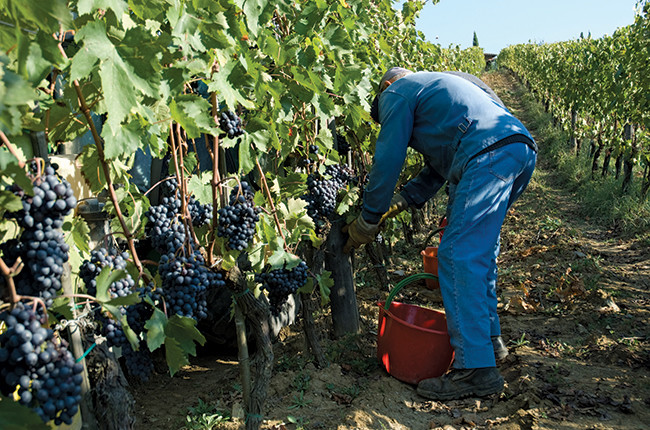
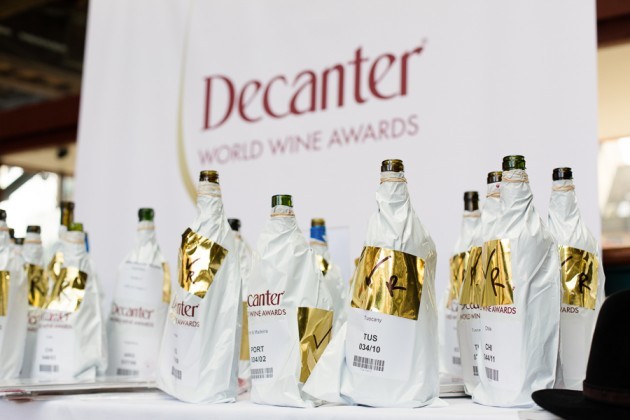
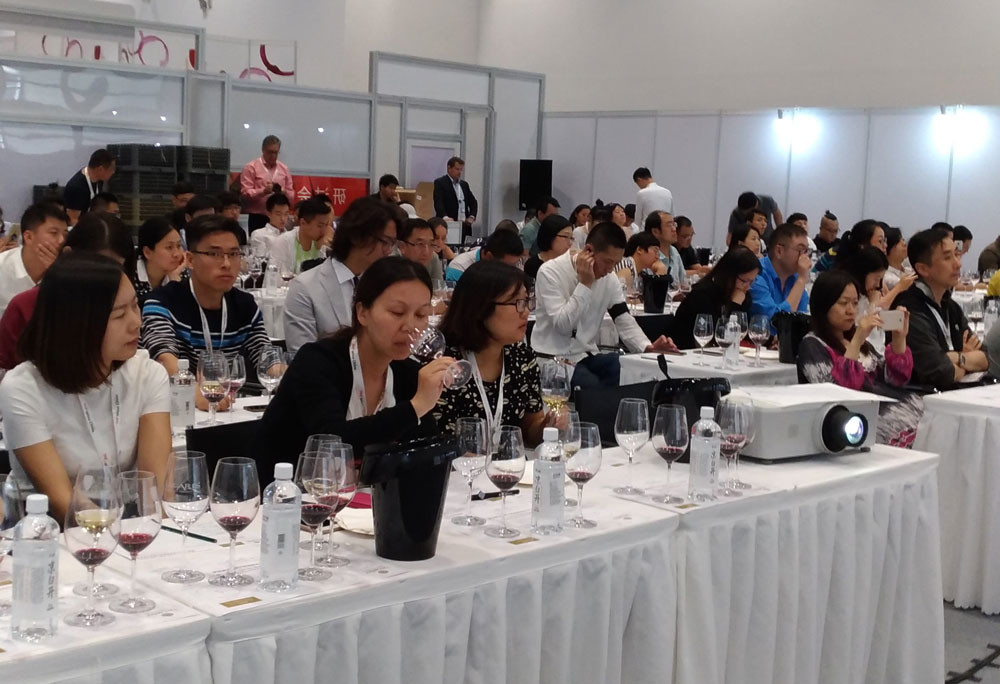
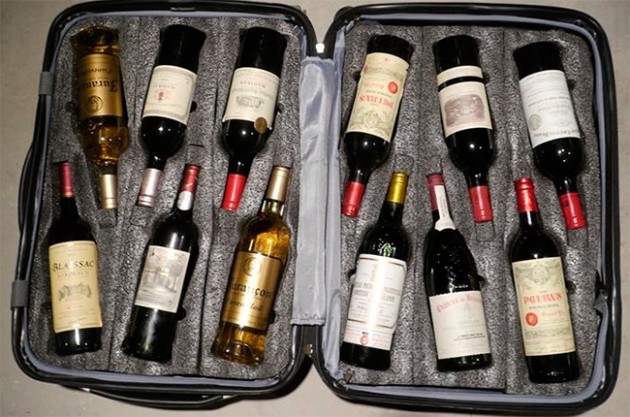
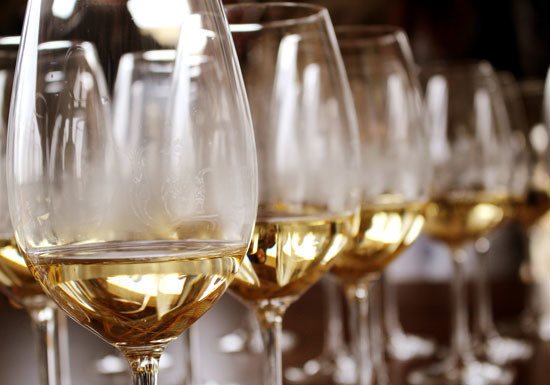
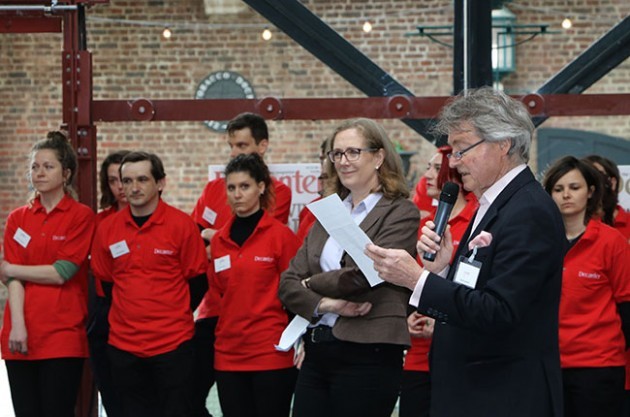
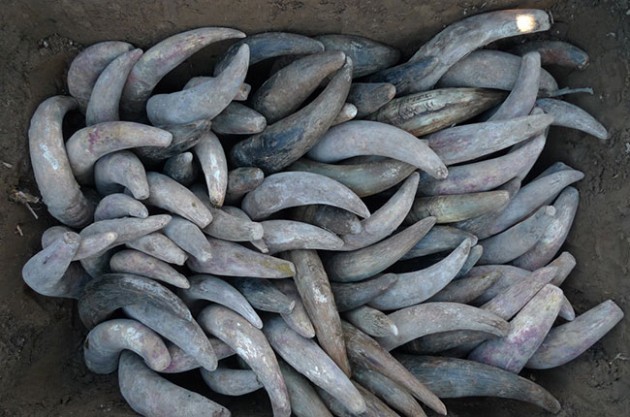
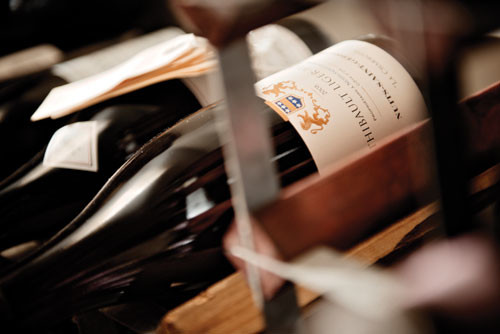
Comments
Submit